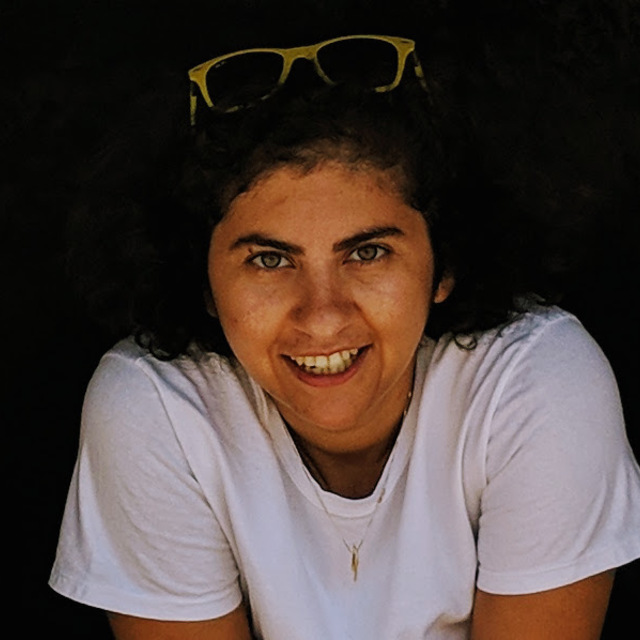January
2023
•
2023ApJ...942...91C
Authors
•
Chartab, Nima
•
Mobasher, Bahram
•
Cooray, Asantha R.
•
Hemmati, Shoubaneh
•
Sattari, Zahra
•
Ferguson, Henry C.
•
Sanders, David B.
•
Weaver, John R.
•
Stern, Daniel K.
•
McCracken, Henry J.
•
Masters, Daniel C.
•
Toft, Sune
•
Capak, Peter L.
•
Davidzon, Iary
•
Dickinson, Mark E.
•
Rhodes, Jason
•
Moneti, Andrea
•
Ilbert, Olivier
•
Zalesky, Lukas
•
McPartland, Conor J. R.
•
Szapudi, István
•
Koekemoer, Anton M.
•
Teplitz, Harry I.
•
Giavalisco, Mauro
Abstract
•
We present a new method based on information theory to find the optimal number of bands required to measure the physical properties of galaxies with desired accuracy. As a proof of concept, using the recently updated COSMOS catalog (COSMOS2020), we identify the most relevant wave bands for measuring the physical properties of galaxies in a Hawaii Two-0- (H20) and UVISTA-like survey for a sample of i < 25 AB mag galaxies. We find that with the available i-band fluxes, r, u, IRAC/ch2, and z bands provide most of the information regarding the redshift with importance decreasing from r band to z band. We also find that for the same sample, IRAC/ch2, Y, r, and u bands are the most relevant bands in stellar-mass measurements with decreasing order of importance. Investigating the intercorrelation between the bands, we train a model to predict UVISTA observations in near-IR from H20-like observations. We find that magnitudes in the YJH bands can be simulated/predicted with an accuracy of 1σ mag scatter ≲0.2 for galaxies brighter than 24 AB mag in near-IR bands. One should note that these conclusions depend on the selection criteria of the sample. For any new sample of galaxies with a different selection, these results should be remeasured. Our results suggest that in the presence of a limited number of bands, a machine-learning model trained over the population of observed galaxies with extensive spectral coverage outperforms template fitting. Such a machine-learning model maximally comprises the information acquired over available extensive surveys and breaks degeneracies in the parameter space of template fitting inevitable in the presence of a few bands.
Links






